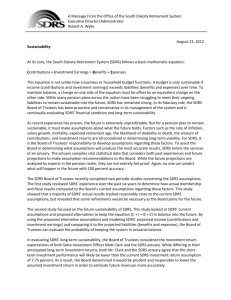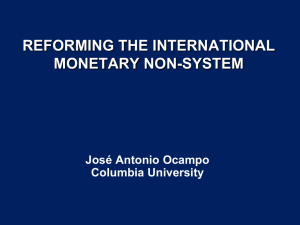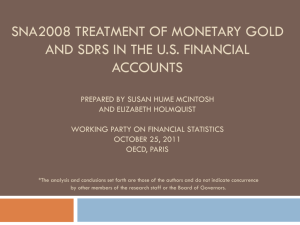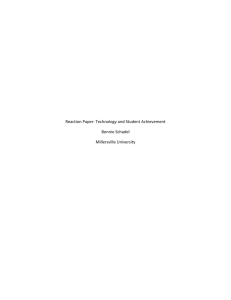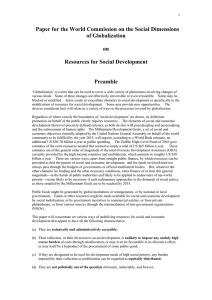What are the advantages of Software Defined Radio _By ARRL…
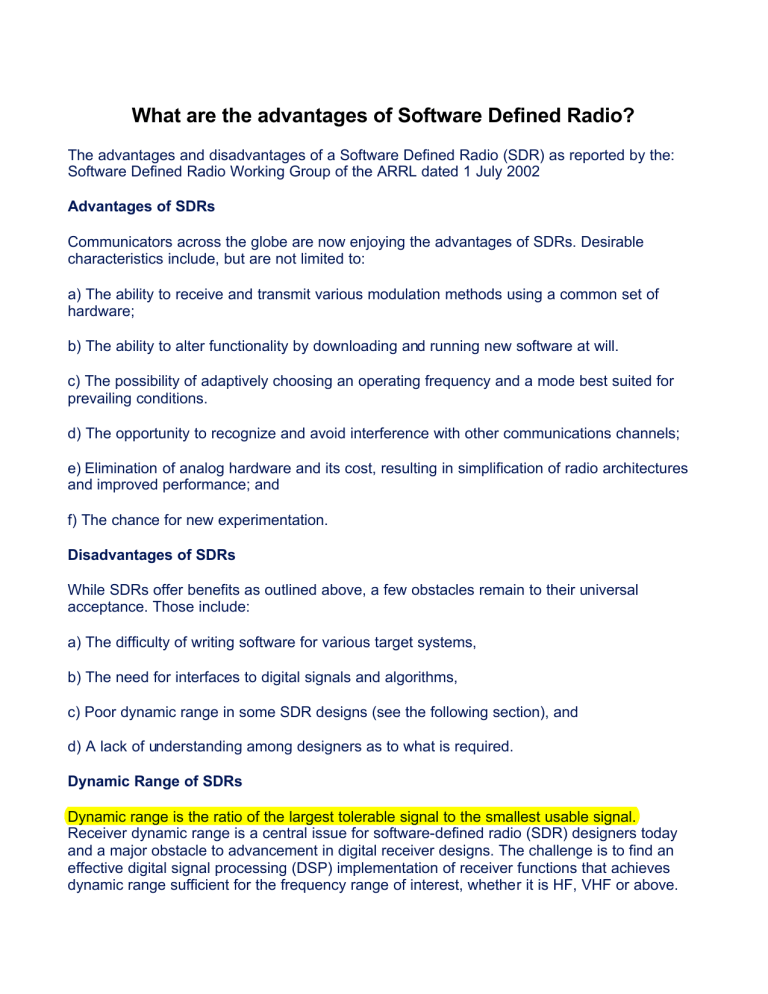
What are the advantages of Software Defined Radio?
The advantages and disadvantages of a Software Defined Radio (SDR) as reported by the:
Software Defined Radio Working Group of the ARRL dated 1 July 2002
Advantages of SDRs
Communicators across the globe are now enjoying the advantages of SDRs. Desirable characteristics include, but are not limited to: a) The ability to receive and transmit various modulation methods using a common set of hardware; b) The ability to alter functionality by downloading and running new software at will. c) The possibility of adaptively choosing an operating frequency and a mode best suited for prevailing conditions. d) The opportunity to recognize and avoid interference with other communications channels; e) Elimination of analog hardware and its cost, resulting in simplification of radio architectures and improved performance; and f) The chance for new experimentation.
Disadvantages of SDRs
While SDRs offer benefits as outlined above, a few obstacles remain to their universal acceptance. Those include: a) The difficulty of writing software for various target systems, b) The need for interfaces to digital signals and algorithms, c) Poor dynamic range in some SDR designs (see the following section), and d) A lack of understanding among designers as to what is required.
Dynamic Range of SDRs
Dynamic range is the ratio of the largest tolerable signal to the smallest usable signal.
Receiver dynamic range is a central issue for software-defined radio (SDR) designers today and a major obstacle to advancement in digital receiver designs. The challenge is to find an effective digital signal processing (DSP) implementation of receiver functions that achieves dynamic range sufficient for the frequency range of interest, whether it is HF, VHF or above.
The dynamic ranges of the current crop of DSP receivers are determined partly by their analog stages. The idea is to remove such barriers so that performance is extended by digital technology.
DSP tends to minimize cost and maximize flexibility in receivers. Thus, another goal of SDR research is to eliminate as much analog hardware as possible. It may be possible some day to digitally sample signals directly from the antenna while still maintaining high dynamic range.
Data-conversion hardware capabilities have advanced to the point where direct digital conversion (DDC) radios are performing at levels equal to or better than their analog counterparts, provided that an analog filter restricts the bandwidth, to keep the peak voltage in the range of the A/D converter. Digital transceivers can achieve superior performance in every way. One of our goals shall be to dispel perceptions to the contrary. We acknowledge that
SDRs involve a tradeoff between simplicity and performance.
Software may also affect dynamic range in digital transceivers. By example, we want to offer good information about how to avoid software limitations.
SDRs offer an excellent opportunity to examine new and better ways of defining and measuring dynamic range. Traditional definitions of nonlinear effects in analog circuits, such as intercept point (IP), tend to lose their meaning when applied to digital circuits. Therefore, we wish to explore the adoption of more meaningful measures of comparison among transceivers, such as spurious-free dynamic range (SFDR). We want to investigate the consistency of other conventional figures of merit.
We shall strive for our goals through consultation with Amateur Radio experimenters and by getting out information about relevant techniques. We postulate that acceptance of SDRs will rise in proportion to the general ham population's knowledge of what they can do. Therefore, another of our goals is to communicate good information about dynamic range in SDR design.



